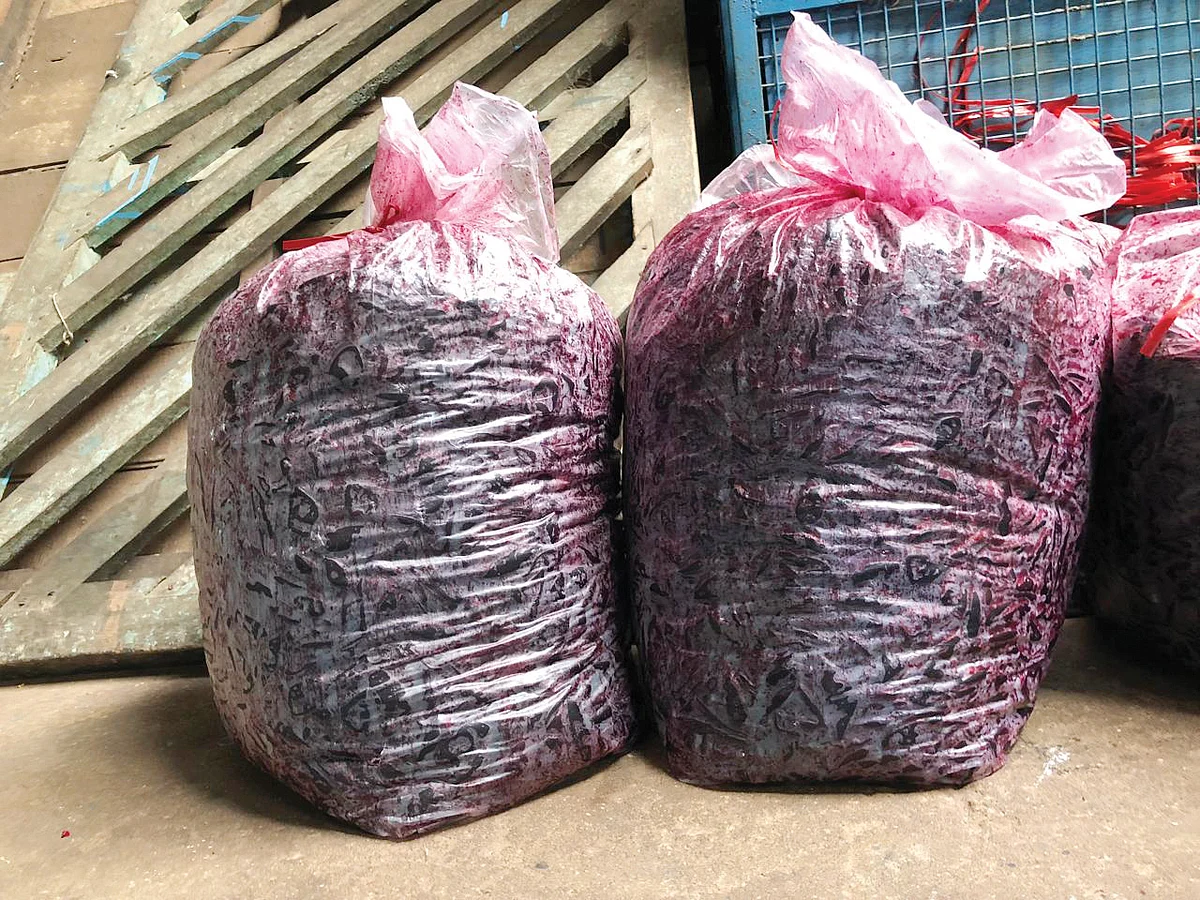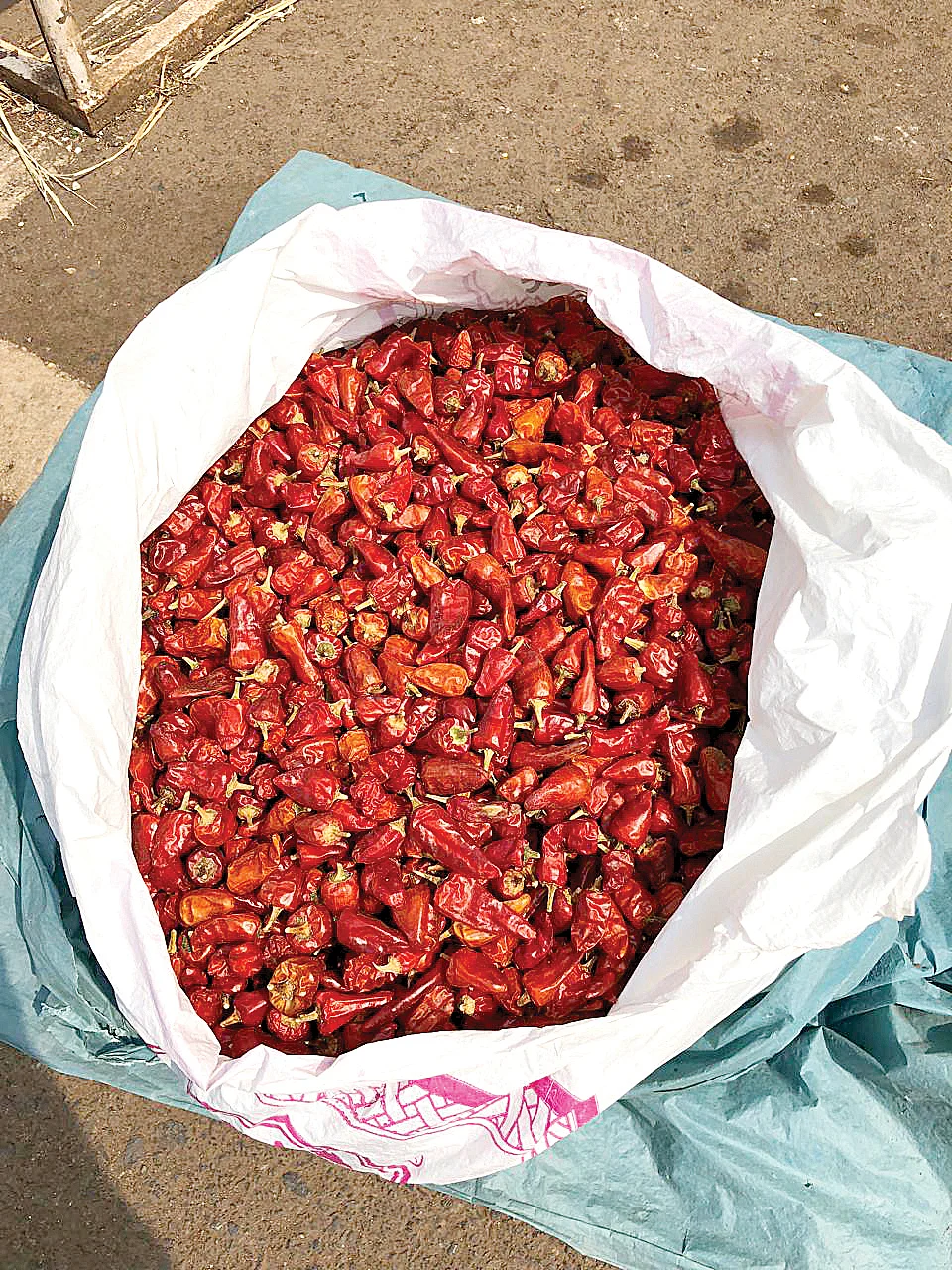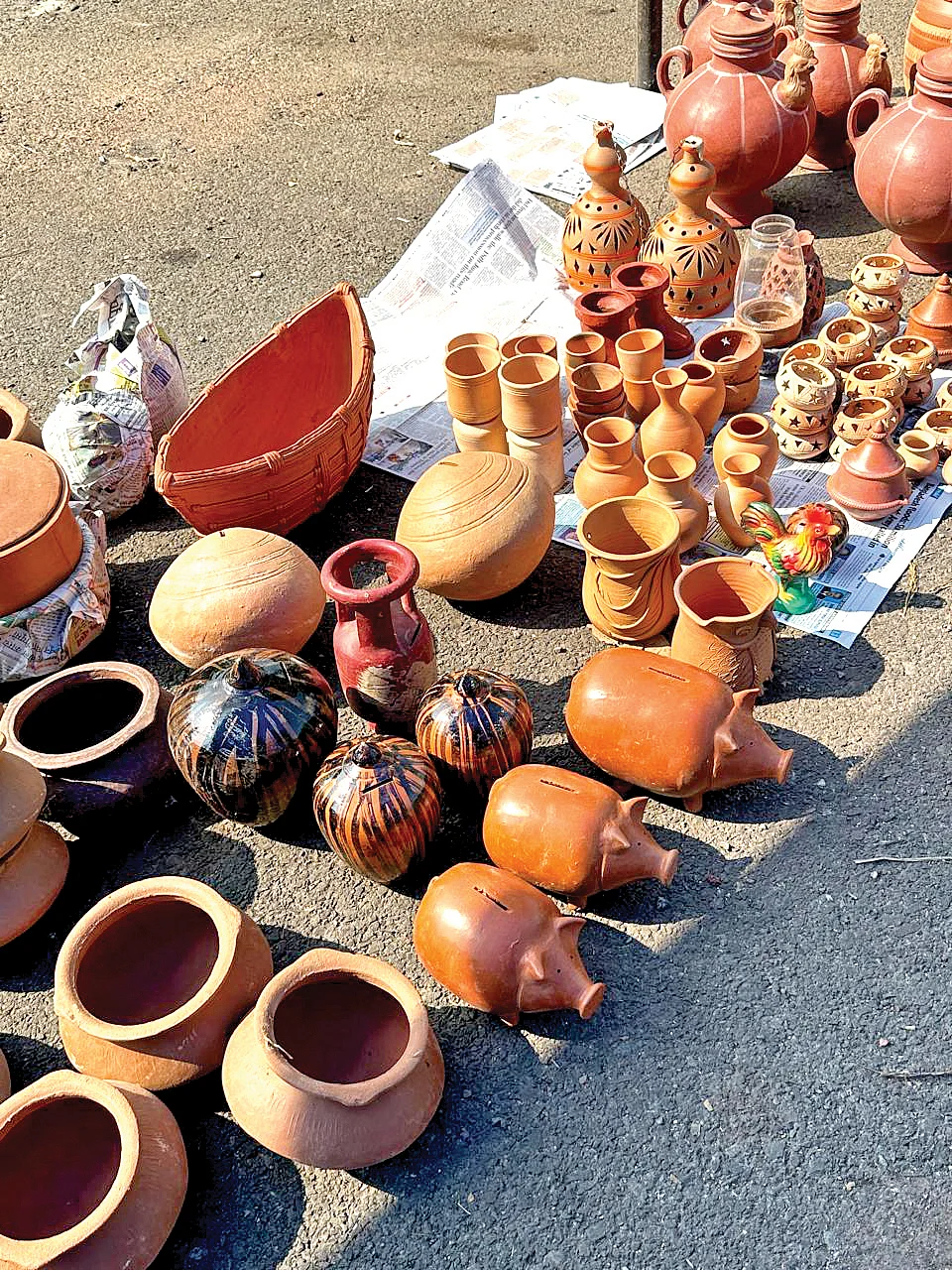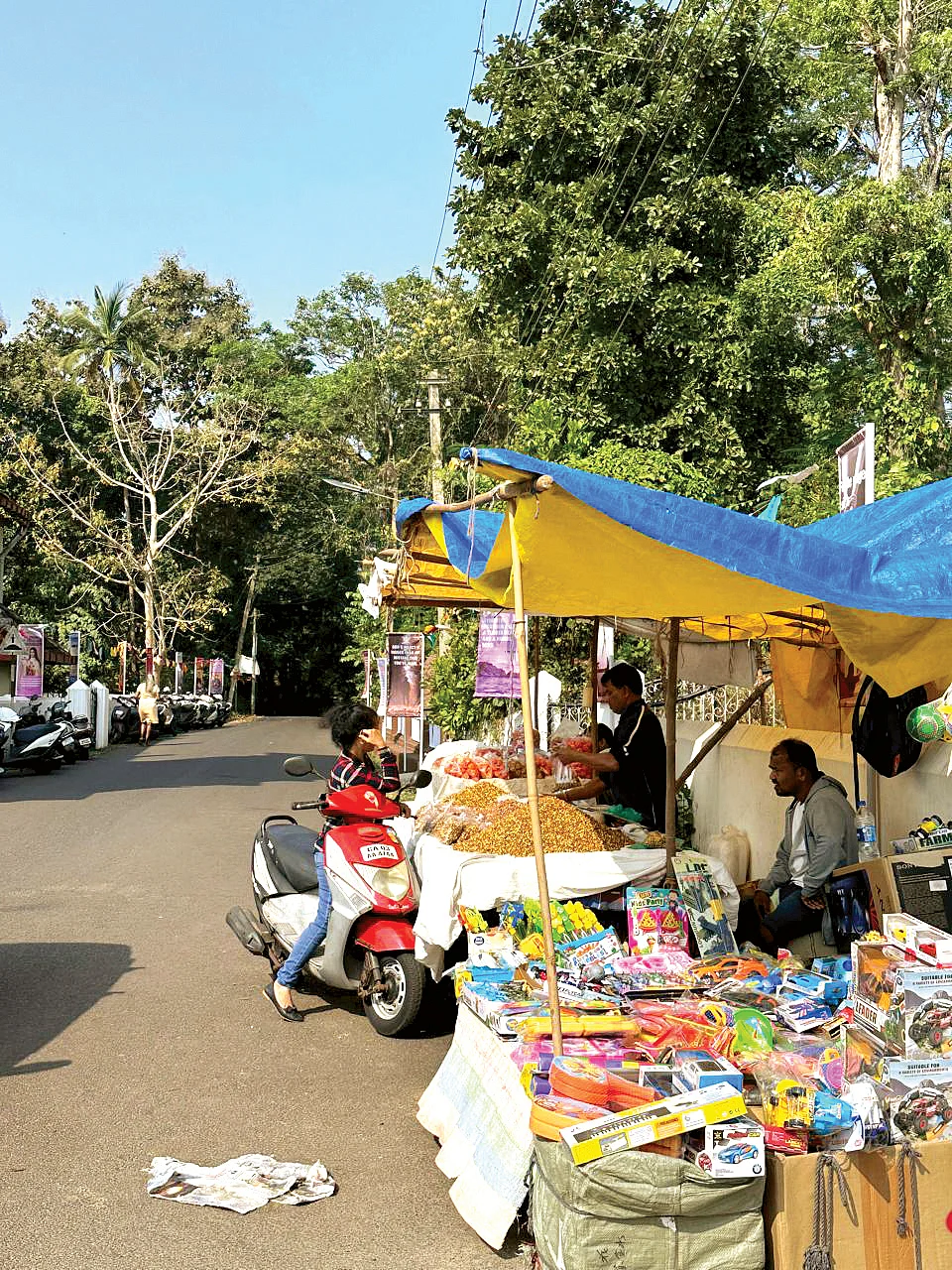Eat. Wander. Repeat: Save it for a rainy day
When a community make a festival around monsoon-preparedness, they call it ‘purument’

When I first heard about purument, the sound of the word stuck with me. I was reminded of the fable of the ant and the grasshopper. To make hay while the sun shines is one thing; to make provision for the monsoon months quite another. And that, as I learnt, is what the Purumentchem festival is all about.
Held across villages and towns in Goa, it’s not only about preparing for a season in all earnestness, it’s a lovely way to welcome the shift — with pomp, ceremony and rituals that have lasted over decades. Think of it as a whole funfair dedicated to the onset of the monsoon, a sort of last dance of the Indian summer before the clouds congregate and the heavens empty themselves on swathes of land and sea.
The etymology of the word is sometimes attributed to the Portuguese word for provisions — provimento — localised in Konkani to purument. (The Portuguese did rule Goa for over four centuries, after all!)
Both Goa and the Konkan bear the brunt of the south-westerly monsoons. This belt of the country witnesses heavy rain, road closures and scarcities that belie the bounty of the summer preceding it. Mangoes, fresh fish, jamuns and karvandar (karonda or black currants) fade into the greyness of the skies as the red earth makes way for green. Flooded rice fields are speckled with rain drops, and livestock finds delicious newness to graze on.
All along the coast, fishing boats are moored on shore. As the fishermen get busy repairing their nets and boats for the next fishing season, the fisherwomen re-create age-old recipes that belong to this season in particular. They’re prepared, thanks to purument. An age-old practice in Goa, where people procured the best fish, kokum, raw mangoes, seasonal vegetables and meat and then went on to process them to last through the long monsoon months from June to September.




Also Read: Of thunder mushrooms and fiddlehead ferns
Sun-dried, preserved in salt, pickled or fermented with great care during the summer months, purument made backyards and porches blaze with colour on the hottest days. It was, of course, also a necessity back then, because refrigeration reached much later. Some old Goan folk reminisce about purument starting as early as February and continuing till late May.
Before the onset of the monsoons, my Goan neighbours’ homes look like dimly-lit Spanish bars, their ceilings covered with ropes of chorizo beads and pretty white onions. On the floor, large barnis (jars) filled lovingly to the brim with salted, spiced fish and preserved raw mangoes. Vinegar fermenting in green bottles and spices perfuming the air each time small stainless-steel boxes are opened.
Frankly, if I had chorizo and prawn balchao being preserved under my nose in the summer months, they wouldn’t last till the monsoon! But I guess purument is as much a test of skill as it is of patience and discipline.
With large swathes of Goa inundated during the monsoons — roads flooded, fishing at a standstill, transportation limited and shops closed — purument was an essential practice to survive and eat hearty in the leaner months. The entire family tended to get involved, with the older folk taking up the skilled tasks of salting and pickling and the younger folk being commandeered as scarecrows to shoo away the birds that swooped down to feast on the drying produce.
If people couldn’t make time to prepare for purument on their own, they would turn to the Purumentchem festival which was usually held alongside a church fest towards the end of May. Artisans and vendors would travel to these fests from all over Goa and some from the Konkan too, to supply dried fish, red rice, kokum, chillies, as well as ceramic containers to store fermented goods and other essentials for the Goan kitchen.
North Goa’s iconic Our Lady of the Immaculate Conception in Panaji and south Goa’s Holy Spirit Church in Margao held parish feasts at the end of May. These were seen as ideal opportunities for vendors to set up stalls and the most convenient way for townsfolk to stock up on supplies at a known location. While local markets do sell some of what would traditionally have been prepared as part of purument, it’s really these fests that keep the tradition alive.
To the north of Goa and along Maharashtra’s Konkan belt, a similar practice is followed by the many villages that dot the coastline. There it goes by the name of agoticha samaan, which roughly translates as ‘monsoon provisions’. Even in cities like Mumbai, this tradition sees the Kolis or fisherfolk using the great heat of summer to dry huge catches of fish and prawns that are some of the mainstays of agoticha samaan.
On Bombay’s beaches, the unmistakable smell of fermenting, salted fish is the smell of summer. And it’s not just the Kolis. Many communities from the Pathare Prabhus to the Konkani Muslims turn to dried fish preparations in the monsoon.
Today, with better roads, refrigeration and what passes for monsoon management, purument is on the decline. It’s the local church-cum-Purumentchem festivals that preserve this beautiful practice of preservation, and remind us of the resourcefulness of those who live closer to the land, attuned to its ever-changing seasons.
Denise D’Silva is the author of The Beyond Curry Indian Cookbook. More of her writings may be found here
Follow us on: Facebook, Twitter, Google News, Instagram
Join our official telegram channel (@nationalherald) and stay updated with the latest headlines
